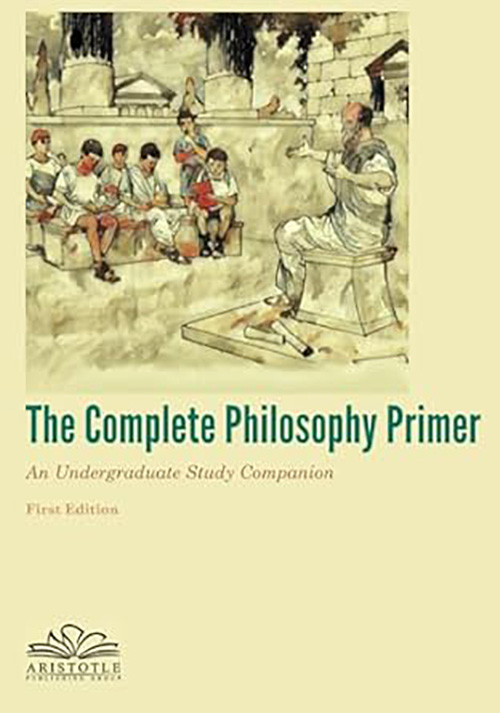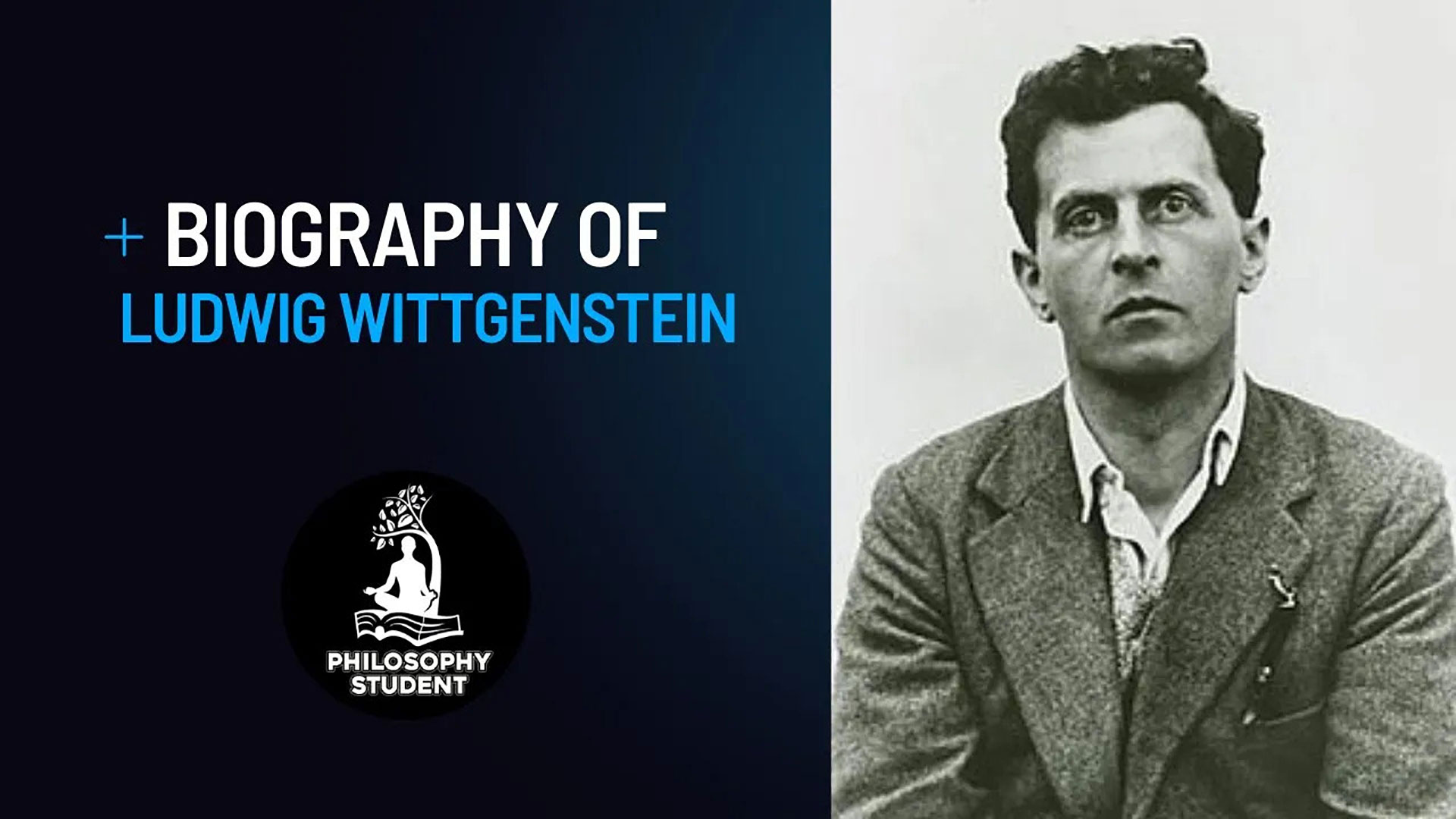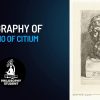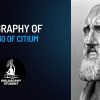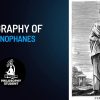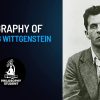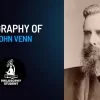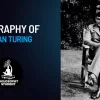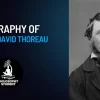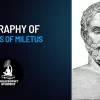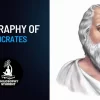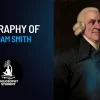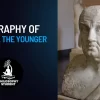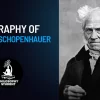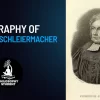One of the giants of twentieth-century philosophy, particularly in its analytic dimension, Ludwig Wittgenstein has had an enduring impact on work in logic and language as well as on the relationships between aesthetics and culture and between ethics and religion. In the area of mind, his work is relevant to the links between perception and intention.
In the span of his sixty-two-year life, Wittgenstein completed just two books, Tractatus Logico Philosophicus, a 75-page volume published in 1921, and Philosophical Investigations, published posthumously in 1953. Some additional 20,000 pages of manuscript were found among his personal papers when he died of metastasized prostate cancer on April 29, 1951. Some of this material has been edited and published, and much of the rest is accessible digitally via the Wittgenstein Archives at the University of Bergen (http://wab.uib.no/wab_nachlass.page/). Philosophers continue to pore over this work.
Many students of Wittgenstein’s philosophy judge that his thought is defined by his two main works. The period marked by the Tractatus concerns the application, through language, of modern logic to metaphysics for the purpose of exploring relations among world, thought, and language. This, in turn, reflects upon the very essence of philosophy. The later Philosophical Investigations extends the discussion to a self-reflexive critique of virtually the entire body of traditional philosophy—including Wittgenstein’s own Tractatus. The result is a resolutely non-systematic approach to philosophy, yet one that does not abandon the endeavor to understand, in philosophical terms, the problems that thousands of years of philosophy have engaged.
Wittgenstein was born on April 26, 1889, in Vienna, the scion of one of the wealthiest industrial families in Europe. After private tutoring and subsequent enrollment in a Realschule at Linz, he studied mechanical engineering at the Technische Hochschule Berlin, from which he graduated in 1908. That year, he enrolled at Manchester University to study aeronautical engineering. A developing interest in the philosophy of mathematics led him to a meeting in 1911 with Gottlob Frege at the University of Jena. Frege recommended that he study at Cambridge with Bertrand Russell. Wittgenstein did just that, working with Russell from 1911 to 1913, when he returned to Austria. The following year, at the outbreak of World War I (1914–1918), he joined the Austrian army. Captured in 1918, he spent the final months of the war in a POW camp.
During the tumult of that first great cataclysm of the twentieth century, Wittgenstein began work on what would become Tractatus Logico-Philosophicus. After its publication, he became somewhat unmoored, feeling that his book had solved all philosophical problems. He abandoned philosophy, gave away large sums of money, and pursued miscellaneous vocations until 1929, when he returned to Cambridge and once again immersed himself in philosophy. He now began to look upon Tractatus as dogmatic and, throughout the 1930s and 1940s led seminars at Cambridge in which his ideas developed into those posthumously published in Philosophical Investigations.
He turned away from formal logic to ordinary language and was on the verge of publishing Philosophical Investigations in 1945, only to withdraw it—though not without subsequently authorizing posthumous publication.
The remarkably brief Tractatus consists of seven propositions and virtually no arguments. Its primary objective was to define the relationship between language and reality and then to define the limits of both knowing and science. He defined the world as the totality of facts rather than of things, proposing that the facts in logical space constitute the world. He went on to develop an atomistic epistemology in which the world consists of the totality of interconnected atomic facts and in which all propositions make “pictures” of the world. These pictures are beyond the competence of language to describe, and because a thought is a “proposition with a sense,” most philosophical propositions are not false but literally nonsensical. Indeed, the deepest problems are not problems at all, but failures to understand the logic of language. So, Wittgenstein concluded, philosophy attempts to say something where nothing can be properly said. The alternative to this futile endeavor is a logical statement of a proposition in the form of a truth function. Beyond this, Wittgenstein suggested, it was impossible to progress. “Whereof one cannot speak, thereof one must be silent,” Wittgenstein wrote as his seventh and final thesis.
Philosophical Investigations rejected the assumption that underlay Tractatus, namely that the task of logical analysis is to discover the elementary propositions, whose form was not yet known. Philosophical Investigations moves from the “dogmatism” of this assumption—away from logic—and toward ordinary language. Ultimately, Wittgenstein came to look at philosophy in a new way, as an embrace of language used as a kind of disciplined intellectual therapy Perhaps fittingly, Wittgenstein’s posthumous reputation remains unsettled. Some see him as having defined the limits of philosophy and of logic and of thought itself, while others have dismiss his work as ultimately obscurantist and even trivial. And yet even his critics do not deny the enduring importance of Wittgenstein’s challenge to philosophy and expression.

